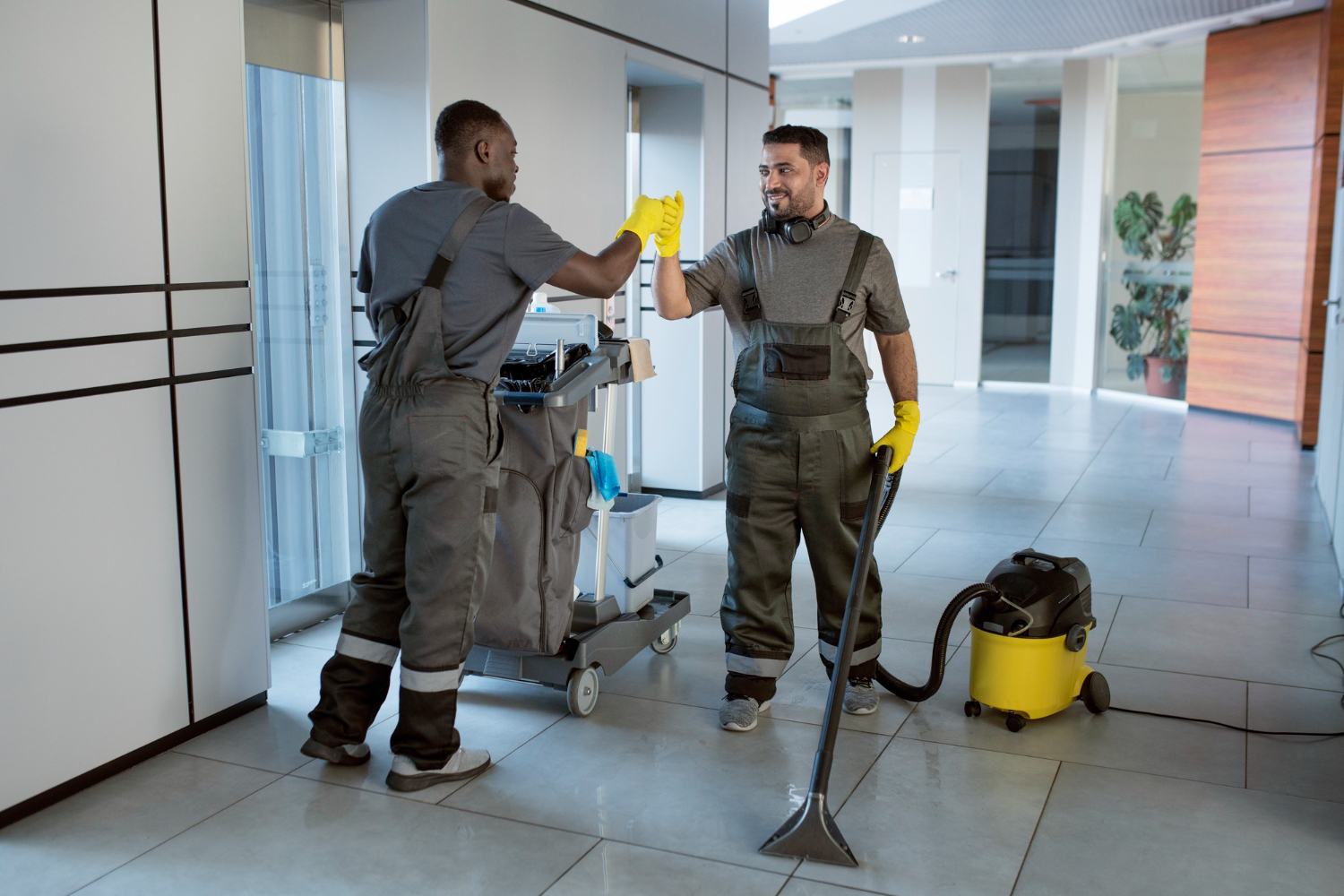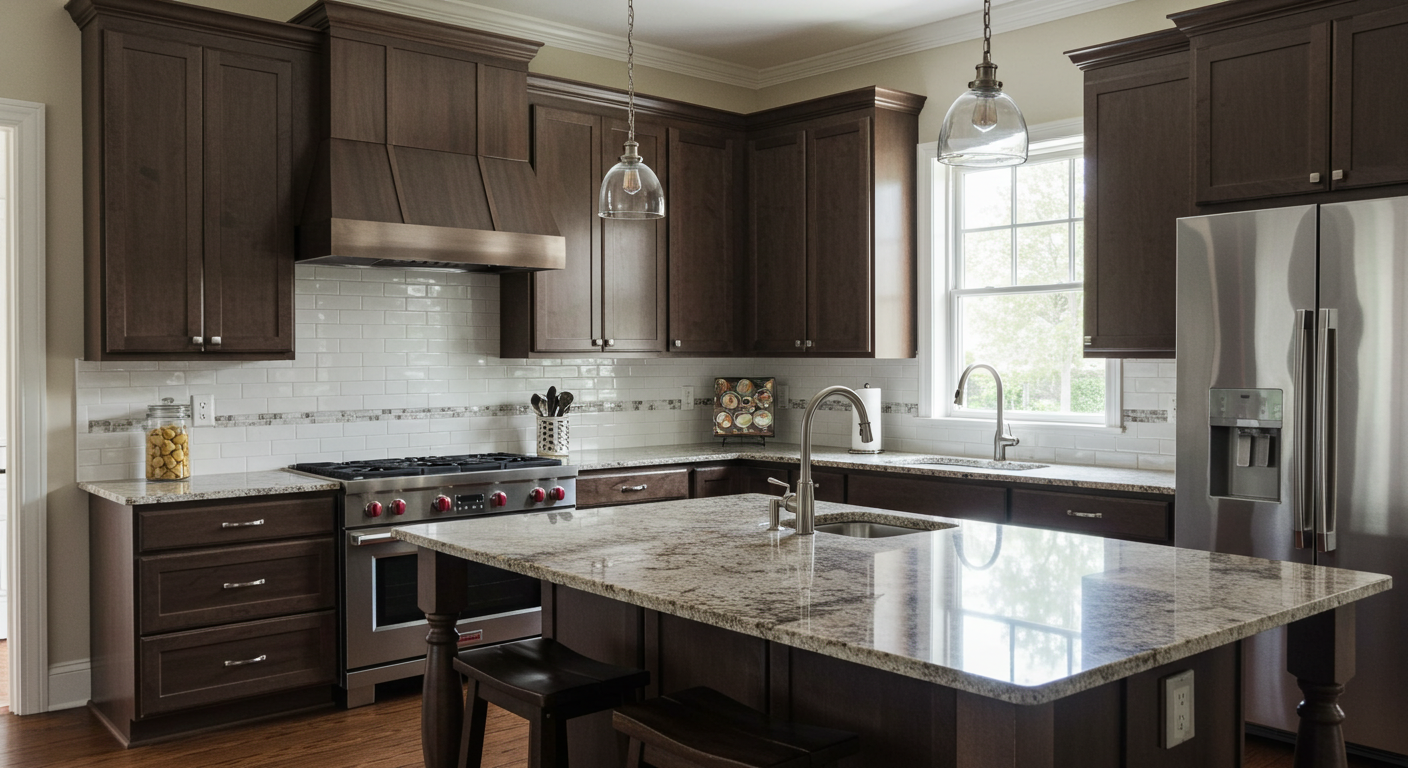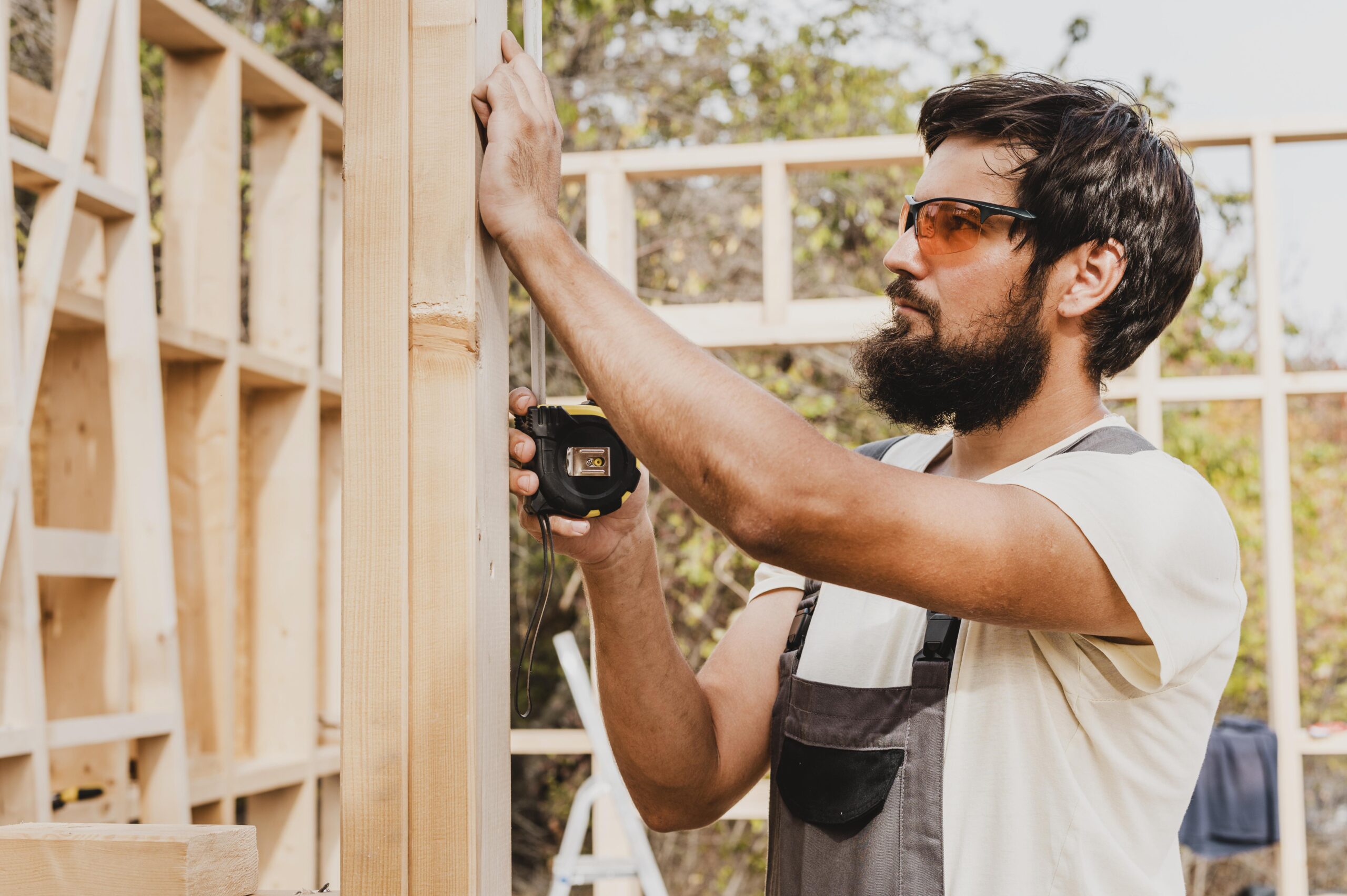What Are Some Tips When Laying a New Concrete Floor?
When planning to lay a new concrete floor, it’s essential to get everything right from the start. Whether it’s a residential garage, an industrial floor, or a polished interior surface, following best practices for concrete can help you create a smooth, durable, and long-lasting floor. Here’s a comprehensive guide on laying a concrete floor with key steps and tips—especially if you’re aiming for a professional finish through concrete floor polishing Auckland services.
Prepare the Area Properly
- Clear any debris, rocks, or materials that might interfere with a smooth finish.
- Compact the soil, especially if it’s an outdoor area, to reduce the risk of cracking and ensure stability.
- Consider installing any necessary drainage, wiring, or piping first, as they should go below the concrete.
Choose the Right Concrete Mix
- The mix you choose impacts the durability and look of your floor. High-strength concrete is ideal for heavy-use areas.
- If you’re planning on a polished surface, consider a mix with fine aggregates, as recommended by many concrete floor polishing Auckland experts.
Ensure Proper Thickness
- The thickness of your floor should match its use. For standard floors, 4 inches is sufficient; heavy-duty floors may need up to 6 inches.
- Use guides to achieve even thickness across the entire surface.
Reinforce the Concrete
- Reinforcement, like steel mesh or rebar, minimizes cracking and increases durability. Reinforcement is also ideal for polished floors as it ensures a stable base.
Add Expansion Joints
- Expansion joints allow the concrete to adjust with temperature changes without cracking.
- For polished floors, place joints strategically to reduce visible lines and maintain a seamless look.
Pour in a Single Layer
- Pour the concrete continuously to avoid seams and ensure even curing. Use a screed to level the surface immediately after pouring.
Consider a Vapor Barrier
- A vapor barrier prevents moisture from seeping up through the concrete, which is crucial for polished floors to prevent discoloration.
Cure the Concrete Thoroughly
- Curing helps the concrete harden properly, preventing cracks and improving strength. Cover the surface with a plastic sheet or curing compound for about a week.
Level and Smooth the Surface
- Use a trowel to smooth out the concrete before it sets, ensuring an even surface for polishing later.
- For larger areas, a power trowel can help achieve a uniform finish.
Avoid Premature Use
- Wait 24-48 hours before walking on the concrete and a full week before placing heavy items on it.
Protect the Floor Before Polishing
- Avoid scratches or stains before polishing by keeping the area clear and covering the floor if construction work is ongoing.
Choose the Right Time for Polishing
- Concrete needs at least 28 days to cure fully before polishing. Waiting ensures a solid, long-lasting surface.
Seal the Floor for Durability
- Sealing is vital for polished floors, enhancing resistance to stains and maintaining the shine. Many concrete floor polishing Auckland services recommend quality sealers for longevity.
Routine Maintenance Post-Polishing
- Regular cleaning with a neutral pH cleaner will keep polished floors looking great. Avoid harsh chemicals to prevent dulling.
Hire a Professional Polishing Service
- For a truly professional, durable finish, consult with experts in concrete floor polishing Auckland. Experienced companies, like Prouplifters, offer high-quality floor polishing services, ensuring a lasting and beautiful finish.
Conclusion
Laying a concrete floor is a meticulous process, requiring proper preparation, material choice, and careful curing. Following these tips will help you achieve a durable, flawless floor that’s ready for a polished finish. For the best results, especially in Auckland, consider working with a professional service like Prouplifters for expert concrete floor polishing that enhances both durability and style.
Frequently Asked Questions
What is the ideal thickness for a concrete floor?
–Standard residential floors typically require about 4 inches, while heavy-duty floors need up to 6 inches.
How long does concrete take to cure before it’s polished?
Allow the concrete to cure for a full 28 days before polishing for optimal results.
Can I polish my concrete floor myself?
–DIY polishing is possible, but a professional polish is often more durable and achieves a higher-quality finish.
Why are expansion joints important?
–Expansion joints help prevent cracks by allowing the concrete to expand and contract.
Do I need to seal my polished concrete floor?
–Yes, sealing adds a protective layer that enhances the floor’s durability and appearance.
When can I walk on a freshly laid concrete floor?
–Wait 24-48 hours before light use and a full week before heavy use.
What maintenance is required for polished concrete floors?
–Regular cleaning with a neutral pH cleaner is recommended to maintain shine and prevent buildup.
Where can I find expert floor polishing in Auckland?
Prouplifters
-Offers professional floor polishing services tailored to achieve a flawless, durable finish.
If you found this intresting, Read more on the Blog












Post Comment